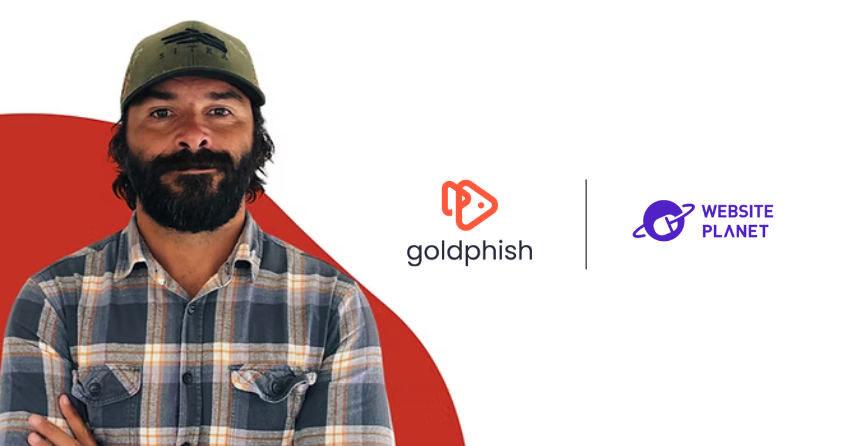Ransomware: It’s Stealing More Than Just Your Data
- Esteffan Coetzee

- May 27
- 3 min read

Ransomware isn’t just about the money—it’s about what it steals from your business. And no, it’s not just big corporations with deep pockets getting hit. SMBs are prime targets because hackers know you’re stretched thin—smaller budgets, limited IT resources, and employees who haven’t been trained to spot the threats.
61% of SMBs reported a ransomware attack in 2022, and the average ransom payment hit a staggering $258,000. But the financial loss is just the beginning. Let’s break down the real cost of ransomware.
The Real Impact of Ransomware
When ransomware hits, it doesn’t just lock your data. It locks down your entire business. Here’s what you’re dealing with:
1️⃣ Downtime: On average, businesses experience 23 days of downtime following a ransomware attack. That’s 23 days of lost productivity, missed deadlines, and angry customers.
2️⃣ Financial Drain: Even if you don’t pay the ransom, recovery costs—including IT forensics, system rebuilds, and lost revenue — can cripple your cash flow. For SMBs, this can be a death sentence.
3️⃣ Reputation Damage: Losing customer data isn’t just embarrassing—it’s catastrophic. Studies show that 60% of SMBs close within 6 months of a major cyberattack. Trust takes years to build, and minutes to destroy.
4️⃣ Regulatory Penalties: Depending on your industry, a ransomware breach could lead to hefty fines if you fail to comply with data protection laws like GDPR or CCPA.
Sobering, right? The good news is, you don’t need a Fortune 500 IT budget to protect your business. You just need to get the basics right.
How to Mitigate Ransomware Risks
Here’s how SMBs can fight back against ransomware without breaking the bank:
1. Back Up Your Data
Think of backups as your safety net. If ransomware locks your systems, having a clean, up-to-date backup means you can restore your operations without paying a cent to hackers.
Actionable Tips:
Use the 3-2-1 rule: Keep three copies of your data, on two different types of storage, with one copy off-site.
Automate your backups to run daily (or as frequently as possible).
Test your backups regularly to ensure they work. A useless backup is just wasted storage.
2. Use Multi-Factor Authentication (MFA)
Passwords alone are no longer enough—hackers are too good at cracking them. MFA adds an extra layer of security by requiring a second form of verification, like a code sent to your phone.
Actionable Tips:
Enable MFA on all critical accounts: email, payroll, cloud storage, and admin dashboards.
Educate your team on why MFA matters—it’s slightly inconvenient, but far less painful than a ransomware attack.
Use authenticator apps (like Google Authenticator) instead of SMS codes for even stronger security.
3. Train Your Team
Phishing emails are still the #1 way ransomware attacks start. Hackers know your employees are the weakest link, and they’ll exploit that with fake invoices, urgent requests and carefully crafted scams.
Actionable Tips:
Run regular phishing simulations to see how your team responds.
Teach employees to hover over links before clicking and double-check sender email addresses.
Use real-life examples of phishing scams to make the training relatable.
At Goldphish, we’ve seen how even basic training can dramatically reduce an organisation’s risk.
4. Consider Cyber Insurance
Even with the best defences, breaches can happen. Cyber insurance provides a financial safety net to help cover recovery costs, ransom payments (if necessary), and even legal fees.
Actionable Tips:
Review your existing business insurance policy—most don’t include cyber coverage.
Look for a policy tailored to SMBs with coverage for ransomware attacks, data recovery, and third-party liability.
Partner with a provider that offers proactive services, like risk assessments and incident response support.
Why the Basics Matter
You don’t need to outrun ransomware entirely—you just need to make your business harder to target than the next one. Hackers look for easy wins, and SMBs that nail the basics (backups, MFA, training, and insurance) are far less likely to become victims.
Think of it this way: protecting your business is like locking your doors at night. You don’t need a fortress—you just need to make it clear that breaking in won’t be worth the effort.
Don’t Wait Until It’s Too Late
Ransomware doesn’t just steal data—it steals trust, time, and peace of mind. But with the right approach, you can protect your business and stay ahead of the game.
At Goldphish, we believe cybersecurity doesn’t have to be overwhelming. Start with the basics, make them stick, and watch your risk drop faster than a hacker’s patience for MFA.
Ready to take the first step? Let’s talk. 🤙



Ransomware coverage is a specific type of cyber protection that's becoming unfortunately common. Important to have: Ransomware coverage